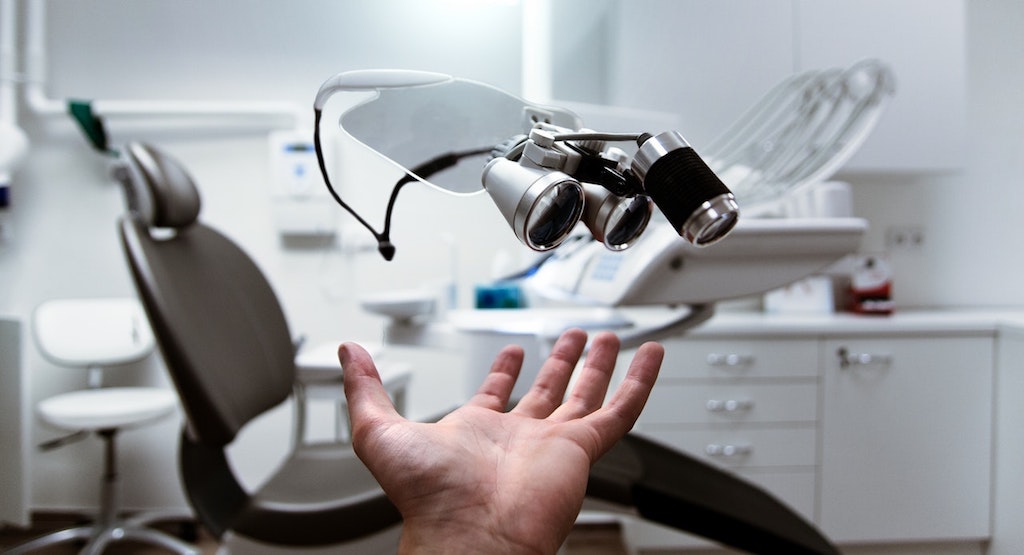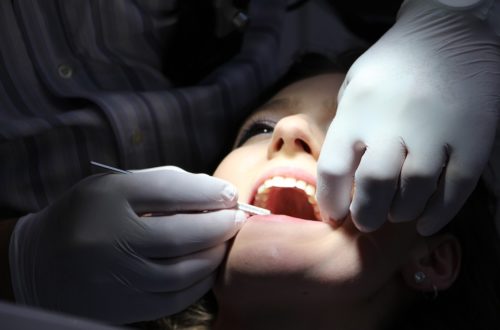
5 useful terms I should know when visiting an eye doctor near me
At any doctor’s appointment, it is common to feel a bit confused once the healthcare physician starts throwing around medical jargon. This happens in any medical field, but it is especially true when it comes to your eyes. When your physician says things like macular degeneration, astigmatism, and amblyopia, it is normal to feel lost.
When you type “eye doctor near me” into a search engine, the results are practically endless. The same goes for searching “confusing eye terminology.” No average person is expected to know every term related to optometry, but you don’t have to leave your eye exam feeling confused.
Next time you visit your eye doctor, you have the potential to know everything he or she is talking about without needing further explanation. In order to do that, check out these 5 useful terms to know before any eye exam or treatment.
Ophthalmologist
When visiting an eye clinic, there are a few possibilities for what kind of eye specialist will be seeing you. The most qualified is known as an ophthalmologist and can perform eye surgeries in addition to other treatments. These doctors provide total eye care and an ophthalmologist is the person to see if you have a serious issue.
You should know the difference between optician, optometrist, and ophthalmologist. An optometrist is also a licensed physician just with less schooling. He or she has the power to diagnose and treat common diseases of the eye. An optitian on the other hand can only perform eye exams and fit a patient for eye correctors, like glasses and contact lenses.
Peripheral vision
Most people are familiar with this commonly used term, but if not you should be. Peripheral vision is what you see that is not in the direct line of your eyesight. It is when you look to either side (without turning your neck or head) using just the muscles in your eyes.
Refractive error
If images are commonly out of focus for you, you might be experiencing refractive error. When light enters your eye, it is refracted (or bent) so that you can properly see. Anyone suffering from refractive error has eyes that cannot bend light in the right way. Refractive error can happen due to several different conditions, including astigmatism, nearsightedness and farsightedness. Luckily this is an easy fix with glasses or contact lenses.
Dilation
Remember how Rachel on the TV show Friends panics every time the eye doctor tries to administer the “puff” into her eyes? This is a dilation machine, and the puff is just a burst of medication that widens your pupil. The practice of dilating a pupil is used so that the physician can take a good look into your eye to make sure everything looks normal.
Hyperopia
This is just a fancy term for farsightedness. Hyperopia happens when you struggle to see images and objects from closeup, and anything farther away is seen more clearly.
Myopia
The opposite of hyperopia is myopia, or in other words nearsightedness. Nearsightedness is when you can see relatively clearly close up but struggle to see when something is farther away.

